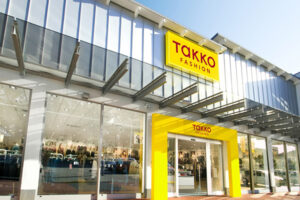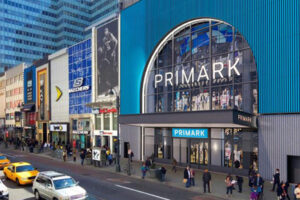BY JORGE MORGADINHO
Successful shopping centers require continuous modernization and not just a few local changes in tenant mixes or the integration of digital channels. Modern retail formats must accommodate tenant and customer needs, keeping today’s wishes in mind and anticipating tomorrow’s changes. The conceptual design and architecture must be reviewed constantly to offer an ambiance that impacts visitors but also adjusts to changes in retailers’ demands. A modular view of refurbishments is key to understanding what is needed to accommodate new trends and to be able to adapt to changes in the future. Changes must have a practical link to the shopping experience. They must respond to and follow leisure and social needs, two areas with enormous growth in demand from shopping centers’ visitors. Finally, modernization must take on a more conceptual character that can be experienced when visiting a shopping center.
The most visible interventions in modernization are linked with the creation of more welcoming and comfortable spaces (improvements to the level of interior design in general, acoustic treatments, lighting environments, relaxation areas), themed spaces (choice of materials and design for an architectural concept exploring local heritage or, in contrast, a totally different design approach to the location), and the introduction of new concepts for food courts (including decorative items and furniture, more efficient and versatile organization of spaces) and of areas dedicated to families.
Moreover, the interventions should also focus on strengthening the leisure component and seek to make shopping centers a social destination, for example by creating green spaces (exterior and interior); areas to sit, work, and relax; playgrounds, terraces, and other open areas for an enjoyable visit experience; or by offering free Wi-Fi. There are also interventions regarding the modernization of bathrooms, with the objective of providing more comfort but also of incorporating themed elements and entertainment to the whole experience.
At the same time, the conceptual character must also support the renewal of the tenant mix offer, since this is the factor that allows centers to provide new retail offers to customers. The overall improvements in the industry have contributed to a larger mix of activities, with the integration of shops and services that were unthinkable a few years ago, such as medical clinics, “citizen” shops (to deal with urgent aspects of our everyday lives such as utilities, passports, cable TV, etc.), gardens, cosmetic centers, veterinary clinics, schools, and universities, among others.
New tenant concepts and revamped tenant mixes have to be ac-companied by a redesign of space. Retail shop sizes evolve as do costumer behaviors, so in reality, it is only through this spirit of continuous improvement and innovation that centers can keep up with tenants and visitors’ demands. Ultimately, the decision to expand or renovate is made when we consider it appropriate and necessary to upgrade an asset and maintain its attractiveness, keeping it modern and reinventing its differentiating flair. This depends on many other factors besides the entry of new stores or concepts, such as relo-cating and/or expanding existing stores or responding to changes in business dynamics in the surrounding region.
Visitors’ wishes evolve constantly and at an increasingly rapid pace, as they now have a much wider knowledge of the world beyond their everyday environment due to easy access to information and travel, as well as to the ever more global retail offer from tenants. The real estate space must not remain idle to these changes, but must embrace the costumers’ evolution to keep up its regional attractiveness and asset value over time. After all, a shopping center is a living organism that is constantly evolving.
What is your opinion on this topic? Discuss it with us! Send your opinion to opinion@across-magazine.com !







